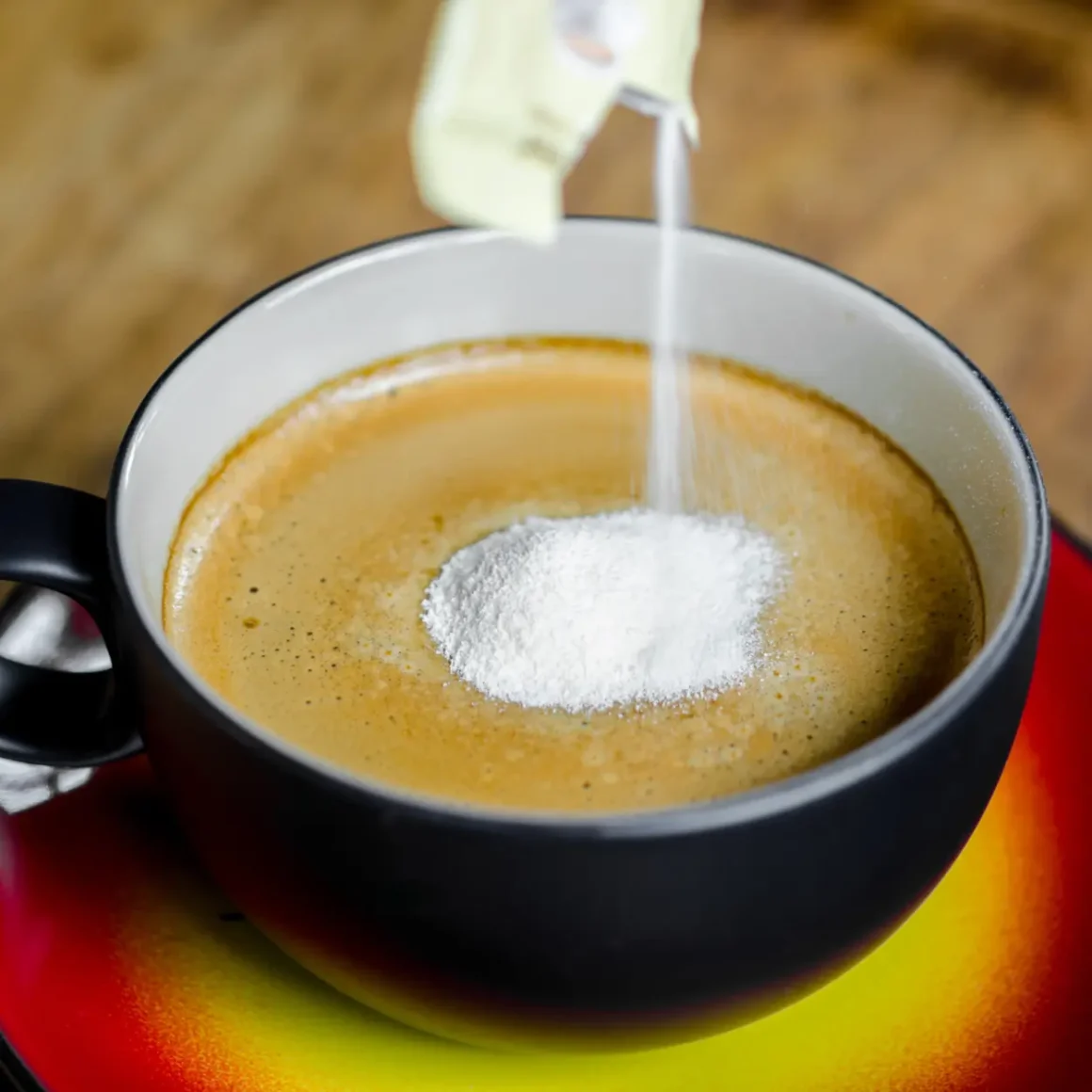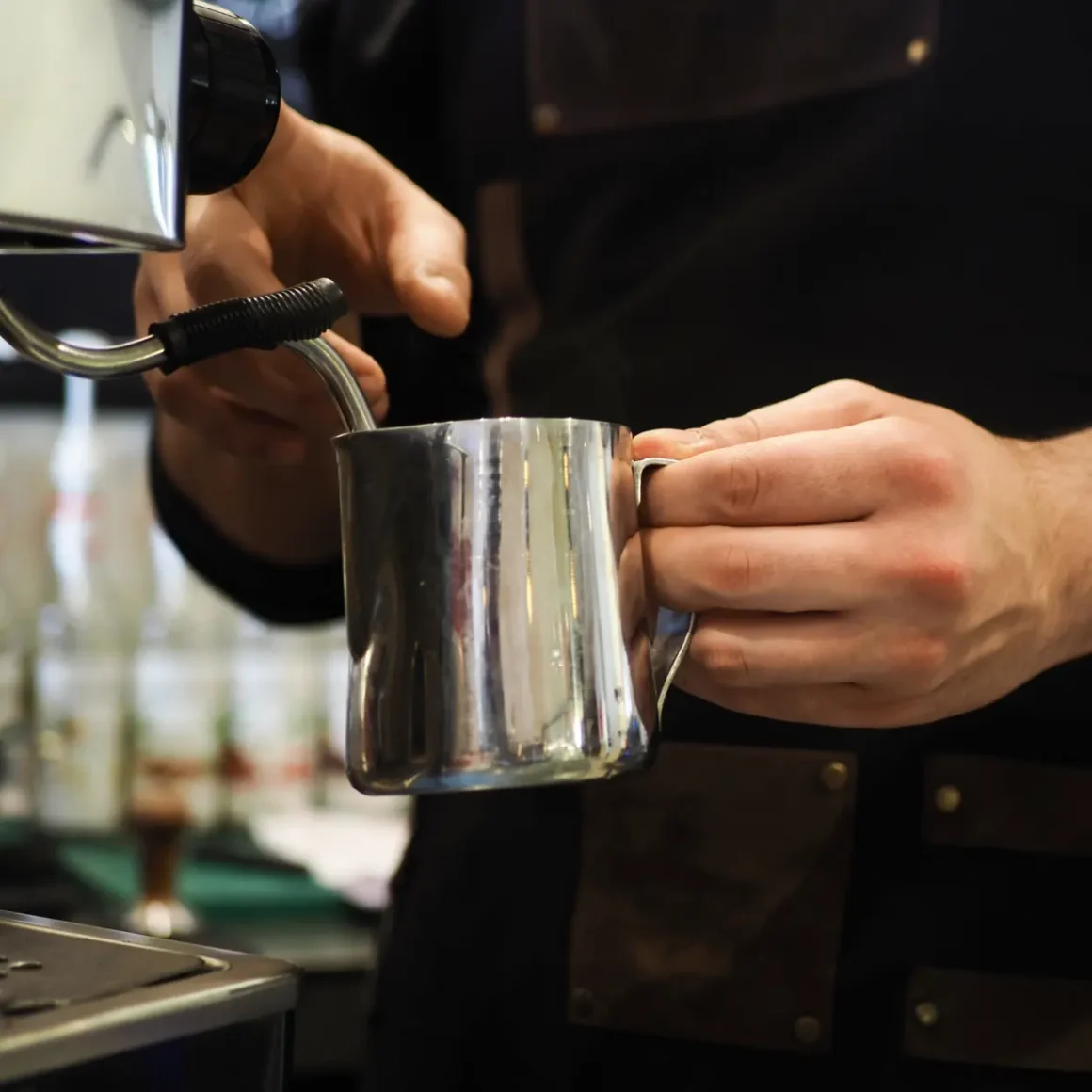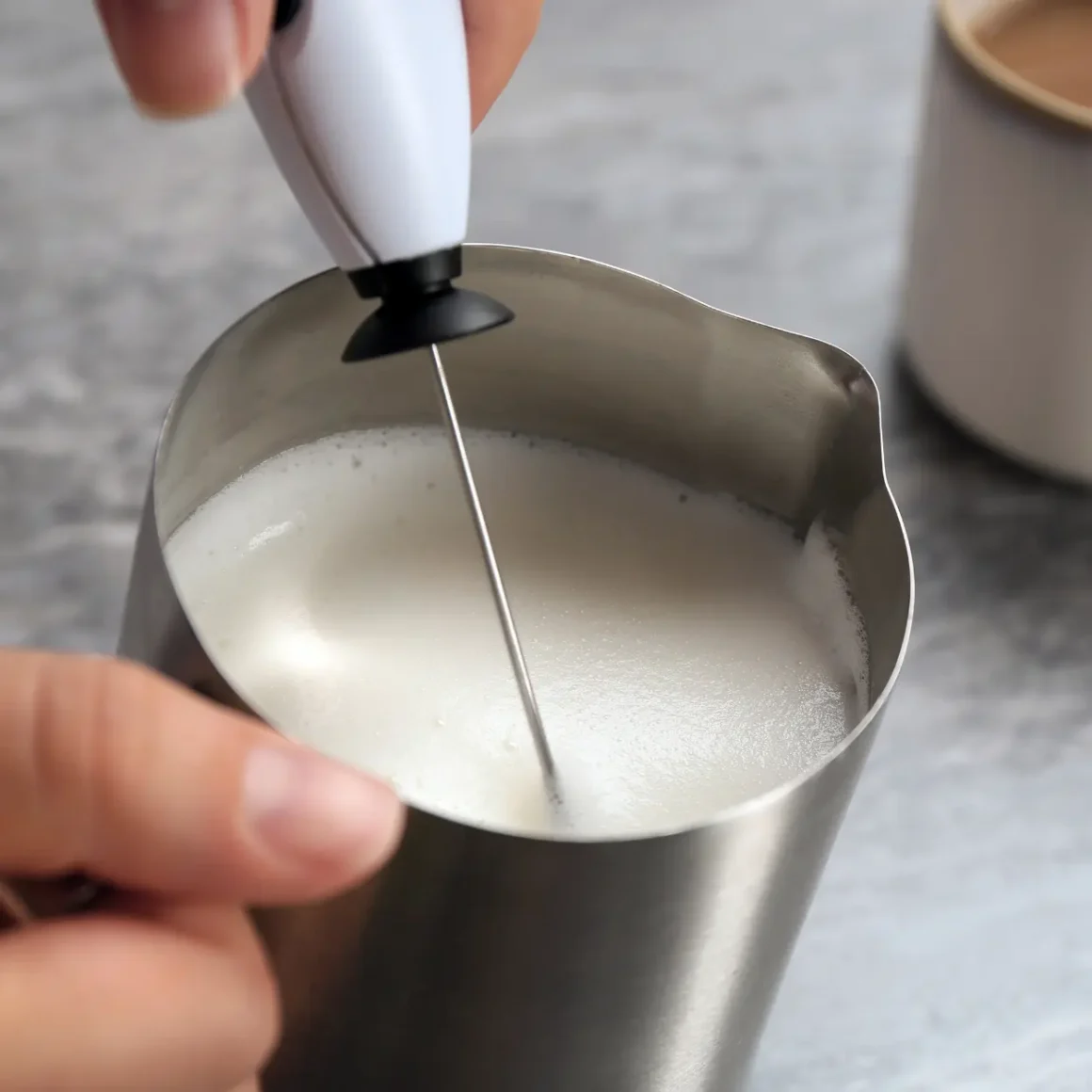When it comes to enhancing your coffee experience, the texture and richness of the foam can make all the difference. This brings us to a commonly asked question: Can you put coffee creamer in a milk frother? The answer is yes, but there’s more to it than a simple affirmative. Frothing coffee creamer opens up a realm of possibilities, allowing for a variety of flavors and textures to be added to your favorite coffee drinks. However, the process and outcome can vary greatly depending on the type of creamer and frother used. To gain a deeper understanding of how to effectively use coffee creamer in a milk frother and to explore the nuances of this technique, read on. We delve into the art of frothing coffee creamer, covering everything from the types of creamers suitable for frothing to tips and tricks for achieving the perfect foam.
Understanding Coffee Creamer
Coffee creamer has become a staple in many households and coffee shops, offering a convenient and flavorful alternative to traditional milk or cream. Its popularity stems from its ability to enhance the taste of coffee without altering its fundamental character.
Types of Coffee Creamer

Various creamers are available to impart a unique taste to your cup of joe.
- Dairy-Based Creamers: These creamers are crafted from either milk or cream, imparting a luxurious and creamy consistency. They come in various fat content, ranging from full-fat to low-fat options.
- Non-Dairy Creamers: Designed for those who are lactose intolerant or following a vegan diet, non-dairy creamers are typically made from almond, soy, coconut, or oat milk. They offer a similar creaminess but with distinct flavors depending on the base ingredient. (1)
- Flavored Creamers: Both dairy and non-dairy creamers come in flavored varieties. Popular flavors include vanilla, hazelnut, caramel, and chocolate. These creamers add a unique twist to your coffee experience.
- Powdered Creamers: These are dry, shelf-stable products that can be conveniently stored for longer periods. They are popular in office settings and are often used as a backup when fresh creamers are not available.
Ingredients in Coffee Creamer

Coffee creamer ingredients vary depending on the type, but they generally include:
- Base Ingredient: Milk or cream for dairy-based creamers; almond, soy, coconut, or oat milk for non-dairy options.
- Sweeteners: Sugar, high-fructose corn syrup, or artificial sweeteners are used to enhance flavor. (2)
- Thickeners and Emulsifiers: These ingredients, such as carrageenan or soy lecithin, help maintain a consistent texture and prevent separation.
- Flavorings: Natural or artificial flavorings are added to create various flavors.
- Preservatives: To extend shelf life, preservatives are sometimes used, especially in non-refrigerated creamers.
Shelf Life of Coffee Creamer

The shelf life of coffee creamer depends on its type and storage conditions:
- Refrigerated Liquid Creamers: These usually last up to two weeks after opening but should be stored in the refrigerator.
- Non-refrigerated liquid Creamers: Often have a longer shelf life due to preservatives and can last several months unopened. Once opened, they should be refrigerated and used within a week.
- Powdered Creamers: These can last for months or even years if stored in a cool, dry place.
To sum up, coffee creamers offer a convenient and flavorful way to enhance your coffee without altering its essence, making them a beloved addition to both homes and coffee shops. Understanding the various types, ingredients, and shelf life considerations of coffee creamers allows you to make informed choices to elevate your coffee experience.
Milk Frothers Explained
Milk frothers are a popular tool among coffee enthusiasts and baristas, used to create a creamy, foamy texture in milk. This enhances the overall experience of coffee beverages like cappuccinos, lattes, and macchiatos. Understanding the different types of milk frothers, how they work, and the techniques involved in frothing can elevate your coffee-making skills.
Types of Milk Frothers

Milk frothers come in various forms, each designed to suit different preferences and requirements:
- Handheld Electric Frothers: These are battery-operated devices with a small whisk at the end. They are portable, easy to use, and perfect for home use.
- Manual Frothers: Resembling a French press, manual frothers require you to pump the handle up and down to aerate the milk. They are simple and do not require electricity.
- Automatic Electric Frothers: These frothers heat and froth the milk with the press of a button. They are more expensive but provide consistency and convenience.
- Steam Wand Frothers: Found on most espresso machines, steam wands use steam to heat and froth the milk. They require skill to use effectively but offer the best results.
How Milk Frothers Work

The basic principle behind milk frothers is aeration: introducing air into the milk to create foam.
- Handheld and Manual Frothers: These work by rapidly agitating the milk; incorporating air into it. The whisk or plunger creates bubbles, which leads to foam formation.
- Automatic Electric Frothers: These devices not only agitate the milk but also heat it simultaneously. The internal whisk creates a vortex, pulling air into the milk.
- Steam Wand Frothers: Steam is forced through the milk, heating and aerating it at the same time. The steam wand requires positioning at the correct angle and depth for optimal frothing.
Frothing Techniques

Effective frothing techniques are essential for achieving the perfect texture and temperature:
- Milk Temperature: The ideal frothing temperature is around 140-155°F. Overheating can scald the milk and affect the flavor.
- Milk Type: Whole milk froths best due to its fat content, but lower-fat and non-dairy alternatives can also be used. Each milk type will produce a different texture and taste.
- Technique: For steam wands, angle and depth are crucial. The wand should be just below the milk surface to create a whirlpool effect. For manual or handheld frothers, consistent and vigorous pumping or whisking is key.
- Cleanliness: Always clean the frother after use to ensure hygiene and prevent milk residue buildup, which can affect performance.
In summary, mastering the art of milk frothing with different types of frothers can greatly enhance your coffee-making skills, allowing you to create creamy, textured milk for a delightful coffee experience.
Frothing Coffee Creamer
Frothing coffee creamer is a creative twist on the traditional use of milk or cream in coffee. This process involves experimenting with different types of creamers to add a unique flavor and texture to your coffee. Understanding the nuances of frothing coffee creamer can enhance your coffee experience significantly.
The Experiment

Embarking on the journey of frothing coffee creamer involves several steps:
- Choice of Creamer: Start by selecting a coffee creamer. You can choose from dairy-based, non-dairy, flavored, or powdered creamers. Each type will respond differently to frothing.
- Frothing Method: Depending on the equipment you have, you can use a handheld frother, an automatic frother, or a steam wand. Each method will produce varying levels of froth and texture.
- Observation: Pay attention to how the creamer froths. Some might produce a rich, thick foam, while others might result in a lighter, airier froth.
- Taste Testing: After frothing, taste the creamer to evaluate the changes in flavor and texture. This will help you understand how different creamers enhance your coffee.
Potential Issues

When frothing coffee creamer, you may encounter some challenges:
- Inconsistent Froth: Some creamers, especially non-dairy ones, may not froth as well as dairy-based creamers. This can lead to inconsistent or lackluster foam.
- Separation: Certain creamers may separate when frothed, affecting the texture and appearance of the foam.
- Overheating: Heating creamers too much during frothing can alter their taste and consistency, leading to a less desirable outcome.
- Equipment Compatibility: Not all creamers are suitable for all types of frothers. It’s important to ensure that the creamer you choose is compatible with your frothing method.
Tips for Frothing Creamer

To achieve the best results when frothing coffee creamer:
- Test Different Creamers: Experiment with various types of creamers to find the one that froths well and suits your taste preferences.
- Temperature Control: Heat the creamer to the ideal temperature (typically between 140-155°F) for optimal frothing without scalding it.
- Proper Technique: Use the right technique for your frothing method. For example, with a steam wand, keep it just below the surface of the creamer to create the perfect texture.
- Clean Equipment: Always clean your frothing equipment after use to maintain its performance and hygiene.
The question of whether can you put coffee creamer in a milk frother is a common one. The answer is yes, but the success of frothing depends on the type of creamer and frother used. Some creamers froth better than others, and certain frothers are more suited to specific types of creamers. Therefore, experimentation and adjusting techniques accordingly are key to achieving the perfect froth with coffee creamer.
Conclusion
In conclusion, frothing coffee creamer in a milk frother is not only possible but can also add an exciting dimension to your coffee experience. While it comes with its own set of challenges, such as varying froth consistency and the need for temperature control, the experimentation process can be quite rewarding. By selecting the right type of creamer, using the appropriate frothing technique, and paying attention to the details of the process, you can create delicious, café-quality beverages right in your own kitchen. Whether you prefer dairy or non-dairy creamers, flavored or unflavored, there’s a method to suit your preferences. Remember, the key to success lies in experimentation and practice.
FAQ
What are the potential issues when frothing coffee creamer?
Potential issues include inconsistent froth, separation of ingredients, and the possibility of overheating, which can alter the taste and texture.
How do I choose the right coffee creamer for frothing?
Choose a coffee creamer based on your taste preference and consider its frothing compatibility with your frother, with dairy-based creamers generally frothing better than non-dairy options.
Can you froth cold coffee with creamer in a milk frother?
Yes, you can froth cold coffee with creamer in a milk frother, though the froth quality may differ from that of hot coffee.
What are the best alternatives to coffee creamer for frothing?
The best alternatives to coffee creamer for frothing are whole milk for its rich froth, and almond or oat milk for non-dairy options, as they offer good frothing properties.












